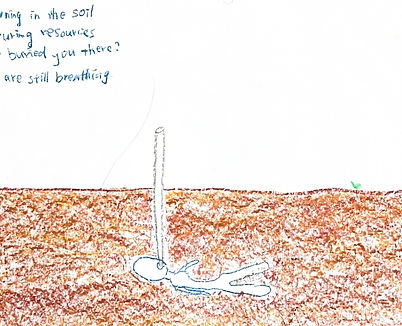OWN
BEING


Resonance Hub - DMP
Dance Movement Psychotherapy. The creative arts therapy offers a different expression for yourself.
Mental health awareness, Creative art exploration, Psycho-education, Story-telling
What is Dance Movement Psychotherapy?
Dance Movement Psychotherapy is a form of creative art therapy.
Dance Movement Psychotherapy uses movement to work through your emotional difficulties, develop your strengths, and express yourself creatively.

How can Dance Movement Psychotherapy help me?
to understand your feelings and behaviour
to reduce tensions, diminish depression and increase energy
to learn to understand non-verbal communication
to increase your self- awareness and self-esteem
to cope with mental distress
to enjoy self-expression through creative movement

The elements of Dance Movement Psychotherapy
Safe space
Everything Stays in the sessions
(unless the facilitator has concerns about your safety and others' safety)
Same Time & Space weekly
Non-judgemental
No right & wrong in movements Respect for each individual's choices
No movement is also a movement!

Who is eligible?
No experience is required! just an INVITATION to try.
Clients of ALL ages, including those with:
-Emotional or mental health needs
-Communication difficulties
-Learning disabilities
-Physical disabilities, discomfort or movement restrictions -Dementia
-Relationship difficulties
-Issues relating to bereavement, loss, trauma or change -Addiction or substance abuse problems
-Personal development needs

How often the session will be?
We can discuss together to carefully consider your needs. Therapy can be scheduled weekly, at the same time and location.
Sometimes it is hard to put difficult thoughts and feelings into words. Therapists can help you to communicate and express yourself through using movement. Also, having the opportunity to share in words what you have experienced.

Individual sessions
Depending on clients' needs and preferences.

Group sessions
Using "talk-move-talk" structure.
Begin with a few minutes to share how you are feeling,
followed by some "warm up" movements.
After warm up you may use props, music, movement or art materials to creatively process your feelings and thoughts.
In the end, there is time for talking about how the movement felt and how it helps us to understand ourselves.